The technique of planting onions on the head in spring
Onion heads are unpretentious in storage conditions and are universal for cooking, and if you have a personal plot, it is easy to grow a stock of this vegetable for the whole winter on your own. Planting onions in the spring on the head will not require much labor if the garden bed is prepared in the fall. It is enough to purchase sets (one-year-old onions) and handle it correctly.
Timing
You should not strive to plant onions as soon as the ground thaws. This will not accelerate the ripening of the crop, but it is quite possible to ruin all the labors and seed by early planting. In cold soil, the bulbs will lie for a long time, and if the spring is rainy, then there is a risk of rotting. If a young growth gets frozen, then all its power will go not to the formation of the root part, but to the release of the arrow - the cold starts a self-preservation program in this plant in the form of reproduction of offspring. Planted onions will also shoot if the set was stored in the cold.
Planting onion sets in spring, according to popular belief, is considered optimal during the blooming of the leaves of the bird cherry. The soil at a depth of 15 cm should be warmed up to 8-10 ° C. The time at which the soil reaches the desired temperature depends on the region and weather conditions. For example, in the suburbs, the Leningrad region, you can plant onions from the end of April, if the spring is warm. In the Urals or Siberia, the landing time often shifts to mid-May and even to its last decade. For these regions, early ripening onion varieties are well suited: "Siberian one-year", "Yukont", "Ermak". Even with a late May landing, they will have time to ripen.
The timing also depends on the size of the set.
- The smallest, with a diameter of up to 1.5 cm, is planted first. He is not prone to shooting, even when frozen.
- The middle fraction of onions (from 1.5 to 2 cm) is planted only in warmed-up soil.
- A large sevka (more than 3 cm) will not produce a high-quality long-term storage turnip. He often goes to the arrow. This fraction of the bulbs is planted on a feather or for use in blanks.
In order to assess the quality and volume of onion planting material, a preliminary calibration is carried out.
Preparing a landing site
It is better to look after and prepare a place for planting onions in the fall. The following factors should be considered.
- Illumination. The ridge should be under the sun all day; onions do not grow well in the shade. It is best to choose a raised dry area.
- Predecessors. Onions grow well after cabbage, cucumbers, nightshades, because after these crops the soil remains nutritious, and there are no common pests. You should not plant sevok on those beds where last year there were peppers, garlic, herbs. It is useful to alternate rows of onions and carrots - these are mutual phytoncides.
- The soil. Sevok requires fertile soil, does not tolerate heavy clayey acidified soil. Under such conditions, the bulb grows small, the feather will be light green, small, with yellowing tips.
Advice
If lime is added to the acidic soil, then onions can be planted in this place only after a year. Wood ash is used for deoxidation before planting.
The best option for growing onions on a head is loam and sandy loam soils.
Special attention should be paid to tillage. During autumn digging, organic fertilizers are applied: manure (5 kg per 1 m2), compost (8 kg per 1 m2), well increases the yield of onion chicken manure (200 g per 1 m2). No organic matter is added before planting, otherwise the onion will go into the feather. In the fall, you can also add mineral fertilizers (1 m2): double superphosphate - 20 g and potassium chloride - 15 g.
Advice
If the soil is rich in peat, then nitrogen-containing fertilizers should be abandoned, the emphasis is on phosphorus when feeding.
In the spring, the ridge prepared from the fall is slightly loosened in order to retain the moisture necessary for normal germination. Immediately before planting onions, the soil is dug to a depth of about 20 cm, while mineral fertilizers are applied (1 m2):
- superphosphate - 10 g;
- potassium chloride - 7 g;
- ammonium nitrate - 20 g.
If it was not possible to prepare the soil for onions in the fall, then in the spring the following set of elements is introduced (dissolve in a bucket of water, consumption per 1 m2):
- nitrogen - 4 g;
- phosphorus - 6 g;
- potassium - 5 g.
This equates to approximately 60 g of nitrophoska.
Advice
If organic matter was not introduced in the fall, then the amount of compost embedded in the soil in the spring should not exceed 4 kg per 1 m2.
Preparation of planting material
Before processing, the sevok must be sorted out in order to reject sprouting, shriveled, squeezing onions. It will not work to grow a high-quality turnip from such material. You should also throw away bulbs with signs of fungal infection, wormholes, cracks. Healthy seedlings with good growth prospects should be firm, glossy and have tight-fitting husks.
In order not to get arrows instead of a pen due to errors in the storage temperature, you should "wake up" the bulbs in advance. To do this, they are either stored for a couple of weeks in a warm place, or for 8 hours they are placed in a container with warm water (approximately 40-45 ° C), and then dried.
It is also important to choose a variety that does well on a particular soil type. Experienced vegetable growers know very well which onions make sense to plant in their area and which ones are not. For example, a family one does not want to bear fruit in any way on clay and dense soil. Rather than spending efforts on changing its structure over several years, it is better to purchase an ordinary set, from which a high-quality turnip will grow in the very first year. If this is the first time planting on the site, then the best option would be to ask your gardening neighbors which of the onion varieties gives a good harvest.
If you properly prepare the seedlings before planting, then you can not only significantly accelerate the emergence of seedlings, but also protect it from diseases, as well as nourish it with the necessary elements for intensive growth and strong immunity.
The most popular processing method for onion sets is soaking. There are several ways, depending on your goals.
To prevent rotting and fungus
- Immerse the set in a container with a warm dark solution of potassium permanganate for about 2-3 hours, then rinse with water.
- Soak the planting material in a salt solution (a tablespoon per 1 liter of water) for 2-3 hours. The remedy is also effective against stem nematode.
- Soak the bulbs in copper sulfate (a teaspoon per 10 liters of water) for 10-15 minutes. Rinse with water.
- The combined version of the solution (for a three-liter jar): 2 tablespoons of salt, the same amount of ash is stirred in warm water (about 60 ° C), a little dark pink solution of potassium permanganate is added. The onions are aged for 2 hours.
From pests
If you dilute 1 tablespoon of birch tar in a liter of water and hold the set in it for 10-15 minutes, you can protect the planting from the attacks of the onion fly.
For food
Sevok is kept for about 8 hours in a solution of any special complex mineral fertilizer (a tablespoon in a bucket of water).
To stimulate growth
The capsule of the drug "Epin-extra" is diluted in 5 liters of warm water, the onion is soaked for 15 minutes.
Practice shows that pre-treatment (especially antifungal) greatly facilitates further care and is an excellent prevention of onion diseases, even in damp and cold summers.
Many information sources recommend cutting off the dry ends on the bulb to accelerate germination and intensive soak in solutions when soaking.However, such a measure often leads to the penetration of the infection into the seedlings even before the emergence of shoots, and the treatment is effective even with the whole top.
Planting scheme and technique
Onions prefer raised ridges (15-20 cm), the standard width is about 1 m. But if the soil is light, well warmed up and ventilated, then it can be planted with a “carpet”.
After applying fertilizers and breaking down all large earth lumps, the surface of the ridge is leveled with a rake, lightly rammed. Then grooves are cut, the gap between which is about 15-20 cm. If the soil has time to dry, it is spilled with water or a solution of "Fitosporin" (to prevent fungus).
Planting onions in the spring is carried out with a slight deepening: the set is carefully pressed into the groove by about 2/3, which is called "shoulder length". You can sprinkle it on top with ash. There should be 2 cm of loose soil above the onion. If the soil is very light, then you can close up the sevok 3-4 cm deep to avoid washing out. A distance of about 8-10 cm is maintained between the plants (depending on the selected variety).
Leaving after disembarkation
When the young onion has 3-4 adult feathers, it can be fed. To do this, use wood ash or industrial mineral fertilizers containing urea, superphosphate, potassium salt. Standard option: dilute 25 g of nitrophosphate in a bucket of water. If the bed is well fertilized in the fall, then fertilization can be skipped.
In cases where nothing was previously introduced into the soil, after planting the onion, 2 dressings are made.
- After 10-15 days: ammonium nitrate - 30 g, potassium chloride - 20 g, as well as 40 g of superphosphate are dissolved in 10 liters of water. This amount is enough for 2-3 m2.
- 15-20 days after the first fertilization, the same substances dissolve in 10 liters of water, but their amount changes: 30 g of ammonium nitrate, 30 g of potassium chloride, 60 g of superphosphate.
Advice
You should not be zealous with fertilizers if the soil is fertile enough. The need to add one or another element can be determined by the state of the plant during the growing season.
Watering onions in the absence of rain should be a couple of times a week in the first half of the growing season. Watering stops 3-4 weeks before harvesting.
An important point in caring for onions at any stage of growth is loosening the soil. No crust should form on its surface. Aeration has a very beneficial effect on the development of the turnip.
Growing high-quality onions in the country does not require much effort if you initially spend a little time choosing and preparing sets. Planting technique and timing also play an important role.
As for dressing, many summer residents limit themselves to the autumn application of organic matter, and in the spring and summer they use only ash and salt water (against onion flies). And even with a minimum of care, a good harvest is obtained.

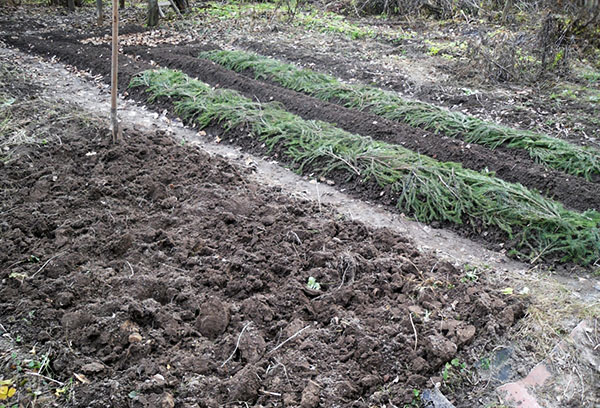
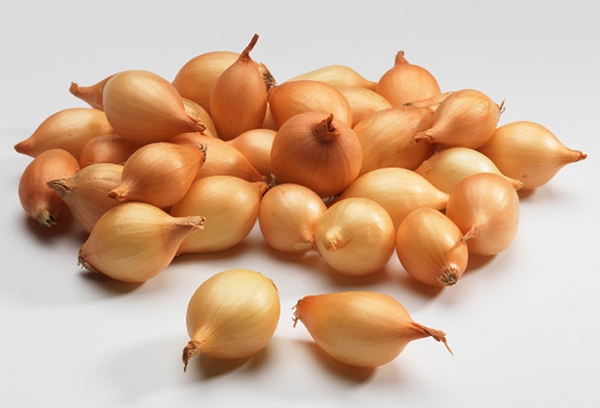
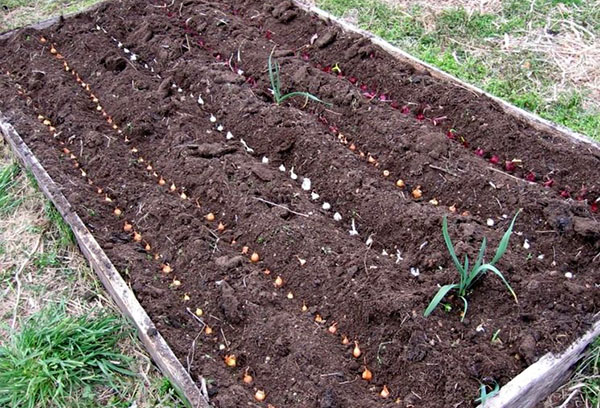
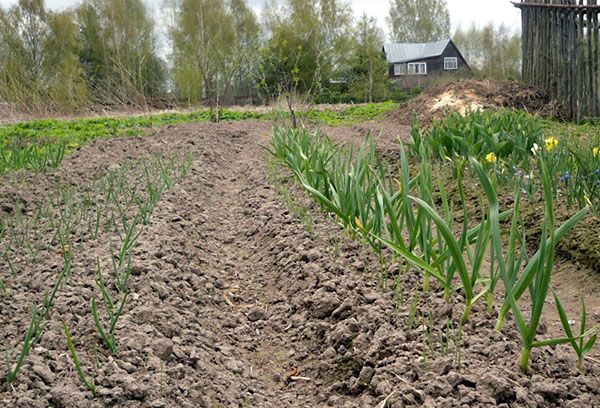
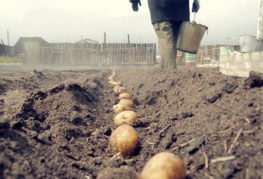
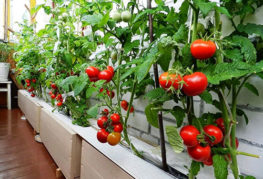
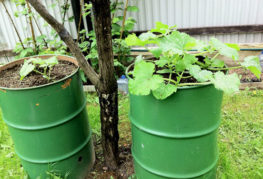
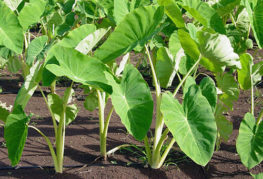


and will be published shortly.